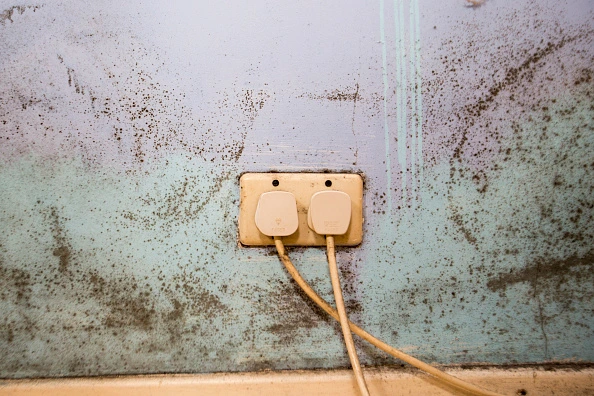
As many as 160,000 social rented homes in England are impacted by damp and mould, according to initial findings published today by the Regulator of Social Housing (RSH).

The regulator’s research was conducted in the wake of the death of two-year-old Awaab Ishak, who died from a respiratory condition caused by the mould at his family home in Rochdale.
The RSH ruled that there had been “widespread failings” at the housing association that led to Awaab’s death. Following the coroner’s report, the RSH asked all large social landlords, who collectively manage over four million homes across England, to submit evidence as to the extent of damp and mould in their tenants’ homes.
The initial findings show that between 3% and 4% are impacted by “notable” damp and mould, meaning as many as 160,000 homes.
Up to 8,000 families, 0.2% of social homes, are impacted by “very serious”, damp and mould, which would fall below the Decent Homes Standard.
“Tenants deserve quality services and homes that are safe and of a decent standard,” Fiona MacGregor, chief executive of RSH, said. “Where there are issues, landlords need to act now to put things right, before we start our active consumer regulation, including inspections of providers.”
This analysis of the social rented sector represents just a small proportion of the epidemic of damp and mould in homes across the country.
The latest modelled data from the English Housing Survey found that across the country, more than 900,000 homes were impacted by some form of damp and mould, and half of these were in the private rented sector.
In fact, 11% of privately rented homes struggle with some kind of damp and mould – 2.4 times more likely than social rented homes.
And it’s a problem that isn’t improving. Between the late 1990s and 2011, the proportion of houses nationally impacted by damp and mould halved, from 13% to 6.5%. But in the decade since, that decline has slowed considerably, with 3.8% of homes in England still affected.
[Read more: UK census: England and Wales’ most overcrowded cities]






